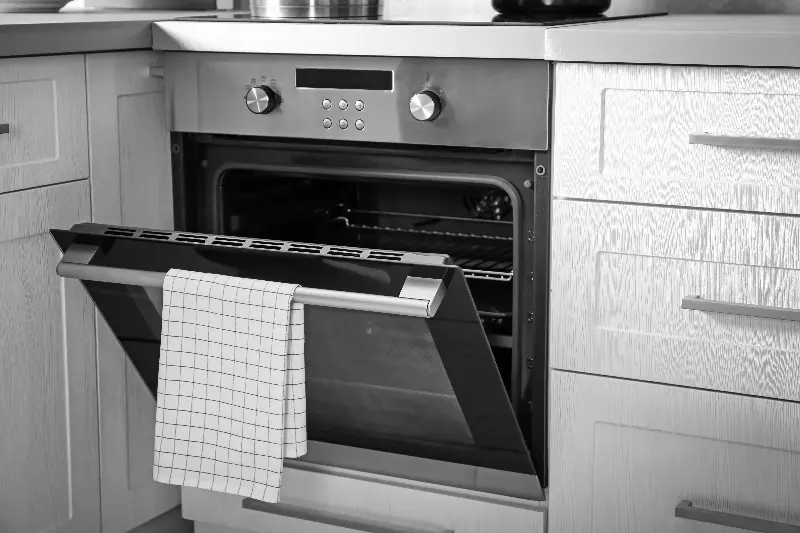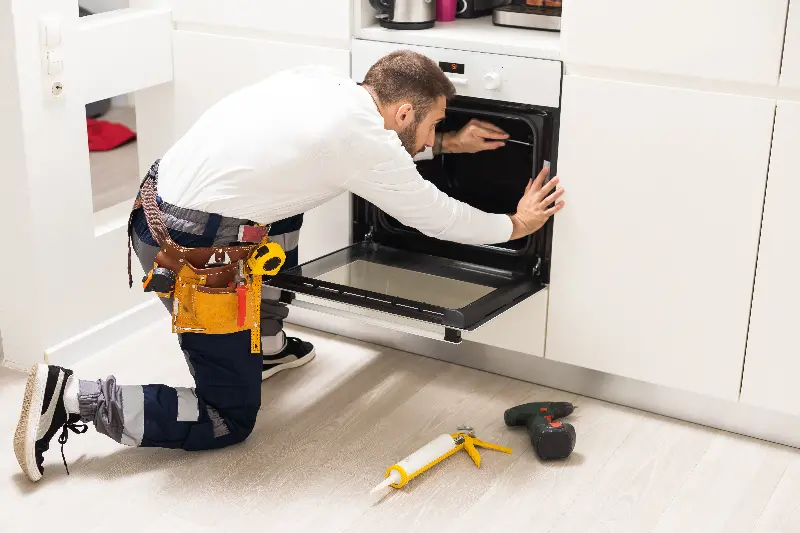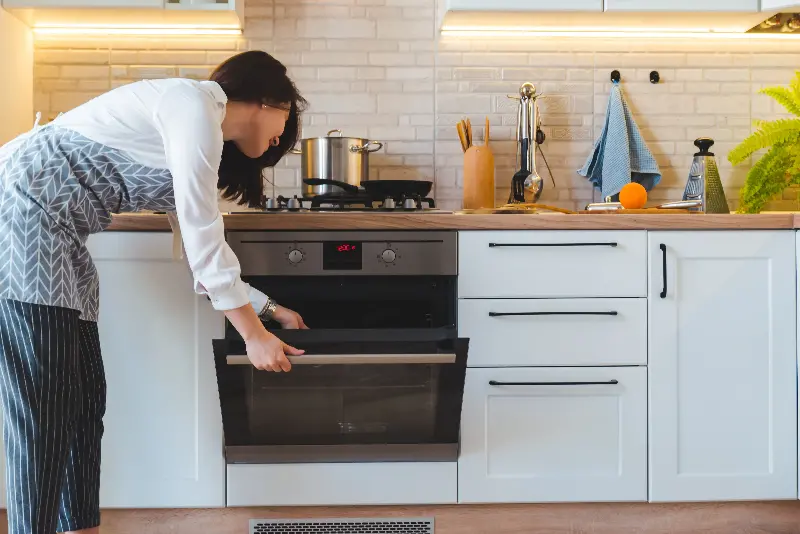
Few things are more disappointing than spending money on a brand-new oven, only to have it underperform or, worse yet, break down prematurely. The culprit, more often than not, is avoidable mistakes during installation and maintenance. Whether you’re a passionate home baker or simply want to enjoy home-cooked meals, getting the most out of your oven starts with understanding what not to do. Avoiding these common pitfalls can save you time, money, and a lot of frustration down the line.
Choosing the Right Spot: Placement Matters
Where you install your oven can make a huge difference in its efficiency and longevity. Many homeowners are tempted to place ovens next to the refrigerator or in tight, unventilated corners. However, ovens generate significant heat, and tucking them too close to other appliances or cabinets can obstruct ventilation, leading to overheating and even damage to surrounding fixtures.
Manufacturers typically provide clear guidelines regarding clearance—always follow these to the letter. Ensure there’s adequate airflow around the appliance. Installing an oven near flammable materials, such as paper towels or wooden cabinets without adequate protection, is not only a performance issue but also a safety hazard. Take time during installation to check for nearby heat-sensitive materials and reposition the oven if necessary.
Skipping Professional Installation: Why DIY Isn’t Always Best
DIY projects are all the rage, but ovens are complex appliances that demand expert setup—especially models with gas, built-in features, or smart connectivity. Incorrectly installed ovens can result in gas leaks, electrical problems, or unstable positioning, all of which endanger your home.
Professional installers, aside from ensuring a safe and code-compliant setup, also spot issues that amateurs might overlook. Misaligning the oven can cause heat to escape, leading to overworked components and inconsistent cooking results. It’s worth the investment to bring in a pro, both for peace of mind and for possible warranty protection.

Ignoring the Level: The Silent Saboteur
It might be tempting to just fit your oven and forget about it, but failing to check that your oven is perfectly level is a subtle blunder that can have headache-inducing results. An oven that’s even slightly tilted can cause uneven cooking—pans sliding off racks, cakes rising lopsided, and sauces pooling on one side.
Use a spirit level when installing, and adjust the feet as needed. Even floors that seem flat to the naked eye can fool you. This minor step can have a major impact on baking and roasting success.
Neglecting Ventilation: Don’t Block the Breath of Your Oven
Proper ventilation is essential not just for keeping your kitchen comfortable, but also for protecting your oven from excess moisture and heat buildup. Many modern ovens have specific venting requirements. Blocked vents can damage internal components, reduce efficiency, and even void your warranty.
Never stack pans or store items on or near the vents. If your oven is part of a built-in kitchen, make sure the cabinetry design allows for air circulation as defined by the manufacturer. When replacing older units, double-check that existing cutouts or ducts line up with your new model’s requirements.

Overlooking Regular Cleaning: Small Steps for Big Returns
Ovens naturally accumulate grime, grease, and food debris with use. Skipping regular cleaning doesn’t just affect appearance—it impacts performance. A dirty oven requires more energy to heat up, creates unpleasant odors, and in extreme cases, can become a fire risk.
Clean spills and crumbs as soon as the oven cools down. Use manufacturer-approved cleaners and follow cleaning instructions for different oven types—self-cleaning ovens, for example, should be maintained in a way that doesn’t damage their sensitive lining. Don’t forget to clean the door seals and fan filters, as even minor build-up can compromise the oven’s ability to maintain temperature.
Using the Wrong Cookware: Compatibility Counts
Not all pots and pans are created equal, and using the wrong cookware can hinder your oven’s performance. Overly large or bulky pans can restrict air flow, causing temperature imbalances. On the flip side, using inappropriate materials—like plastic or glass not designed for high heat—can result in melted messes or breakage.
Check your oven’s manual for recommended cookware sizes and materials. Avoid using foil to line the bottom of the oven, as this can block heat and airflow and even damage the heating elements. Investing in the right bakeware may feel unnecessary in the moment, but it’s a small adjustment with long-term rewards.
Forgetting Maintenance Checks: Prevention Overcomes Surprises
Busy lives mean it’s easy to forget about appliances ticking away in the background. However, a bit of annual attention can catch small issues before they become expensive breakdowns. Inspect the door gasket for wear, check that the temperature calibration is accurate (a simple oven thermometer can do the trick), and watch for any unusual noises or smells.
If you have a gas oven, periodic checks by a certified technician are especially important for preventing leaks or ignition issues. Don’t ignore the little warning signs—these are your oven’s way of announcing it needs some care.
Last but not least, keep the user manual handy. It’s easy to lose or ignore, but it’s your best friend for troubleshooting small problems or learning about hidden features that boost performance.
Keeping your oven running smoothly and efficiently doesn’t require a background in engineering—just some basic care, attention, and the wisdom to avoid the most common mistakes. By treating your oven with the respect and routine it deserves, you’re investing in years of stress-free cooking, delicious results, and happy family meals.
